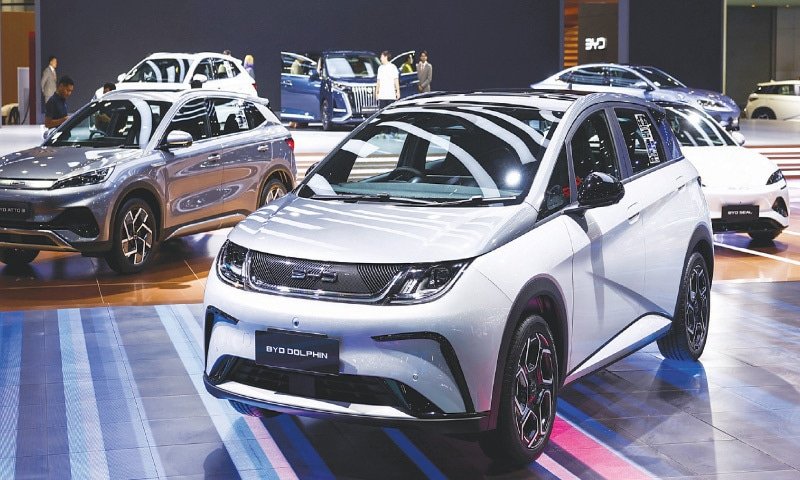Hybrid cars have become a symbol of innovation, efficiency, and environmental responsibility in the automotive industry. As the world shifts towards sustainable living, hybrid vehicles bridge the gap between traditional internal combustion engines (ICE) and fully electric cars (EVs). This article delves into what hybrid cars are, their benefits, types, and how they are shaping the future of transportation.
What Are Hybrid Cars?
Hybrid cars combine two power sources:
- Internal Combustion Engine (ICE): Typically powered by gasoline or diesel.
- Electric Motor: Supported by a rechargeable battery.
These systems work together to optimize fuel efficiency and reduce emissions. Hybrid cars intelligently switch between the ICE and electric motor or use them simultaneously, depending on driving conditions.
Types of Hybrid Cars
Hybrid vehicles are categorized into several types based on how their systems operate:
1. Full Hybrids (FHEV)
- Can run on electric power alone, ICE alone, or a combination of both.
- Example: Toyota Prius.
- Ideal for city driving due to their ability to operate solely on electric power at low speeds.
2. Plug-in Hybrids (PHEV)
- Feature larger batteries that can be recharged via an external power source.
- Offer extended electric-only driving range compared to full hybrids.
- Example: Chevrolet Volt.
- Suitable for those who can charge at home or work.
3. Mild Hybrids
- Use the electric motor to assist the ICE but cannot run on electric power alone.
- Example: Honda Insight.
- Affordable entry point for hybrid technology.
Advantages of Hybrid Cars
1. Environmental Benefits
Hybrid cars produce significantly lower carbon emissions compared to traditional vehicles. By relying partially or fully on electric power, they reduce air pollution.
2. Fuel Efficiency
The combination of an ICE and electric motor minimizes fuel consumption, especially in stop-and-go traffic. Many hybrids achieve 50+ miles per gallon (MPG).
3. Lower Running Costs
Reduced fuel consumption translates to savings over time. Plug-in hybrids also allow drivers to save more by utilizing electricity for short trips.
4. Smooth Driving Experience
Electric motors provide instant torque, ensuring smooth acceleration. Regenerative braking enhances driving dynamics while recharging the battery.
5. Government Incentives
Many governments offer tax credits, subsidies, or reduced registration fees for hybrid vehicle owners, making them an economically attractive option.
Challenges and Considerations
While hybrid cars offer numerous benefits, they are not without challenges:
- Higher Initial Cost: The advanced technology in hybrids can make them pricier than ICE vehicles.
- Battery Lifespan: Over time, hybrid batteries may degrade, leading to replacement costs.
- Limited Electric Range (PHEVs): Plug-in hybrids still rely on fossil fuels for long journeys, making them less eco-friendly than EVs.
The Future of Hybrid Cars
Hybrid cars represent a transitional phase in the automotive industry’s journey toward full electrification. Innovations like solar-assisted hybrids and advanced battery technologies promise to enhance their efficiency and appeal further.
As charging infrastructure expands and battery costs decrease, hybrids will likely remain a preferred choice for environmentally conscious consumers who aren’t ready for the leap to fully electric vehicles.
Conclusion
Hybrid cars have transformed the way we think about transportation by blending traditional and electric technologies. Offering the best of both worlds—efficiency and sustainability—they are an ideal choice for drivers seeking a greener future without sacrificing convenience. As technology evolves, hybrid vehicles will continue to play a crucial role in driving us toward a cleaner, more sustainable world.
Key Takeaway: Hybrid cars are more than a trend; they are a critical step in the global effort to combat climate change while maintaining the convenience of personal transportation. Whether you’re commuting in the city or embarking on a road trip, hybrids ensure a smarter, eco-friendlier ride.
